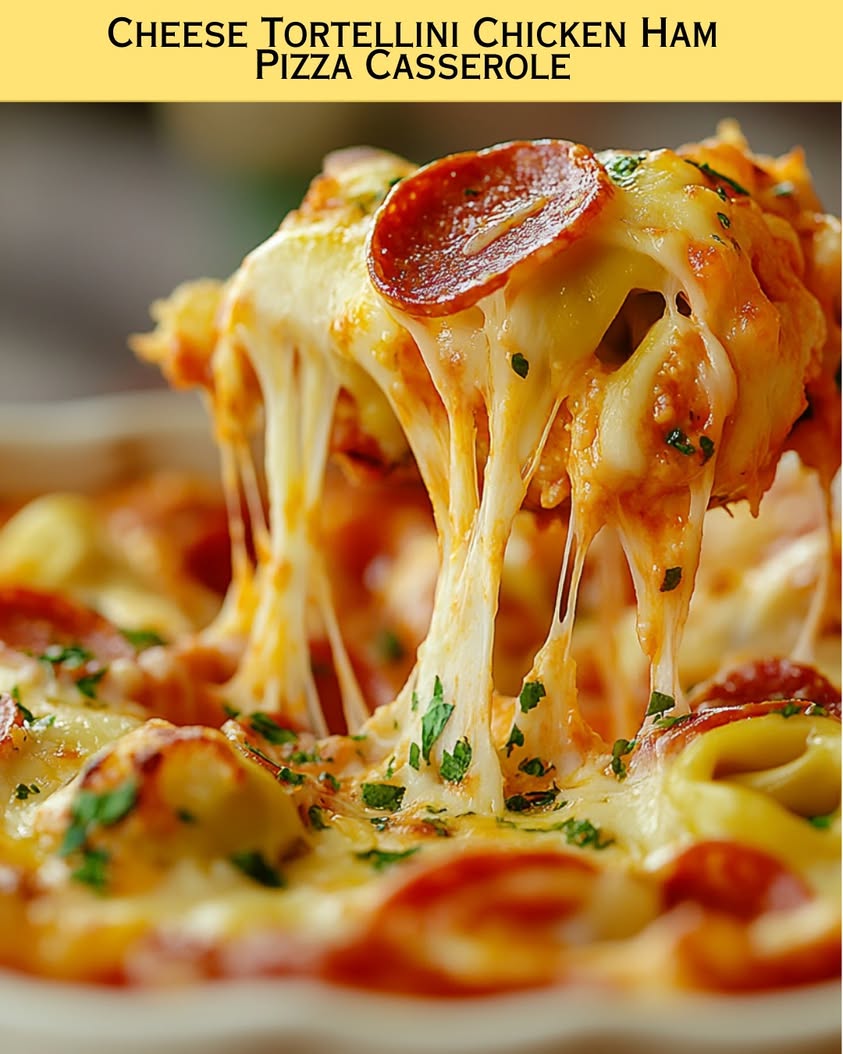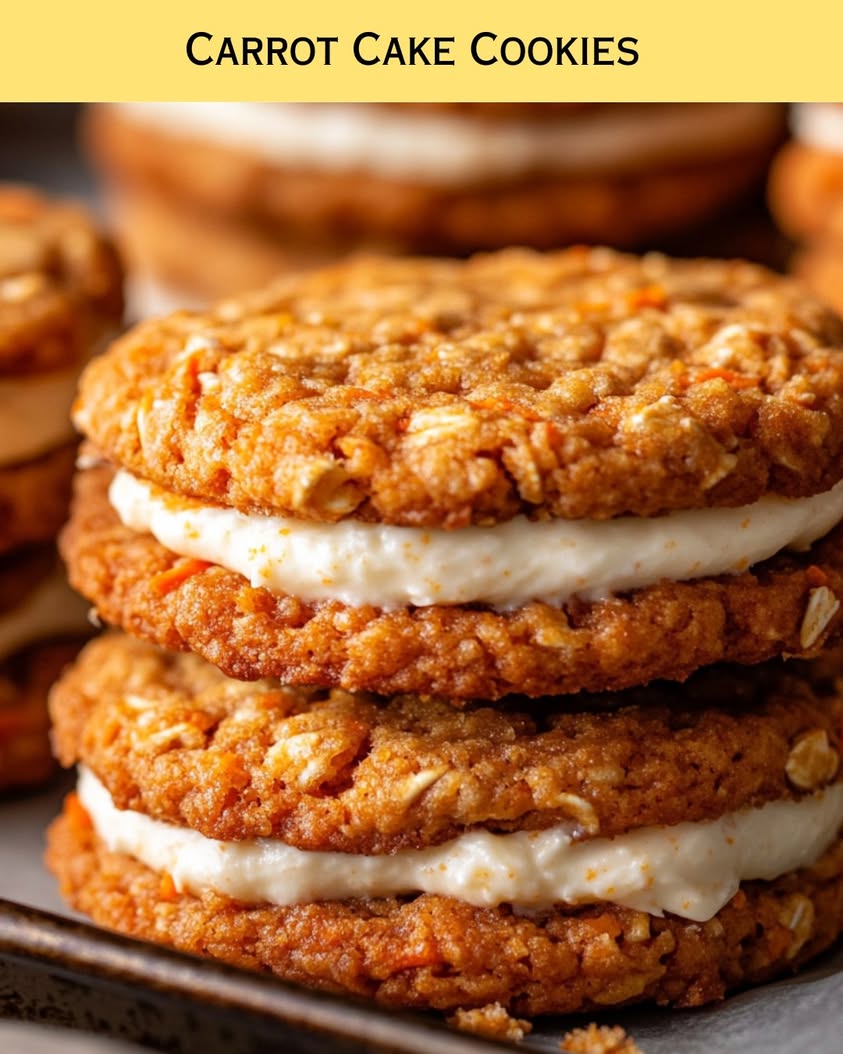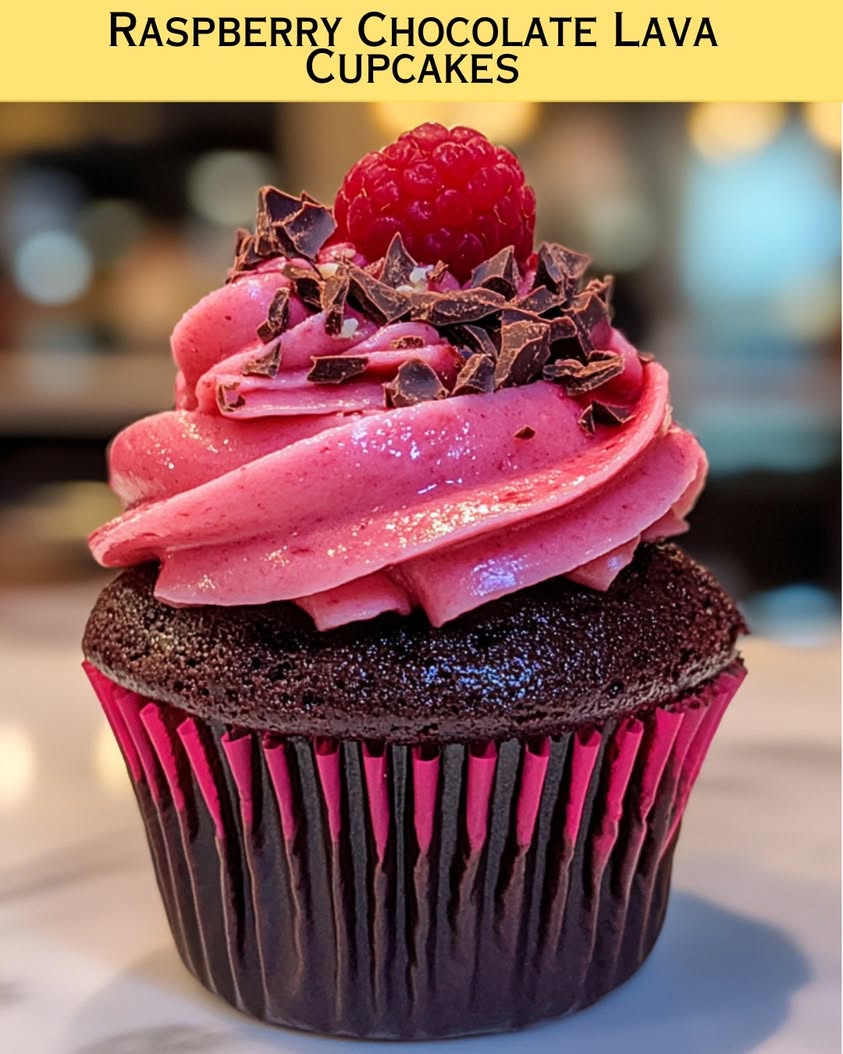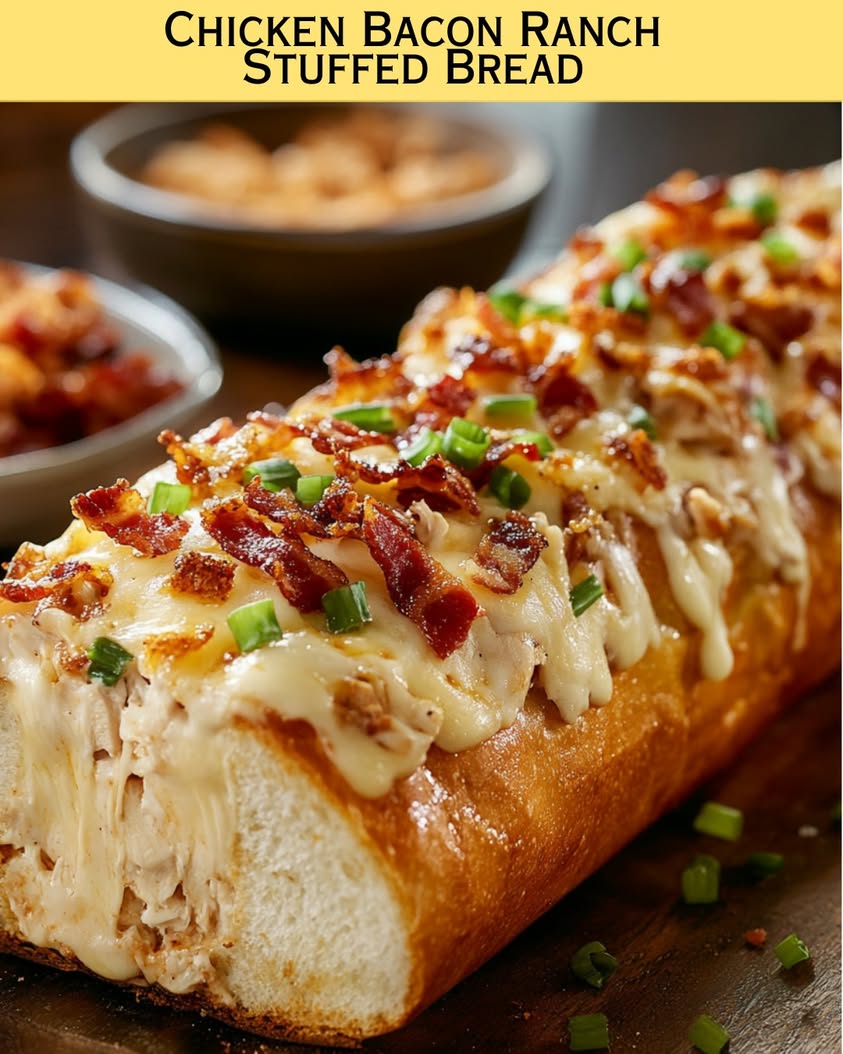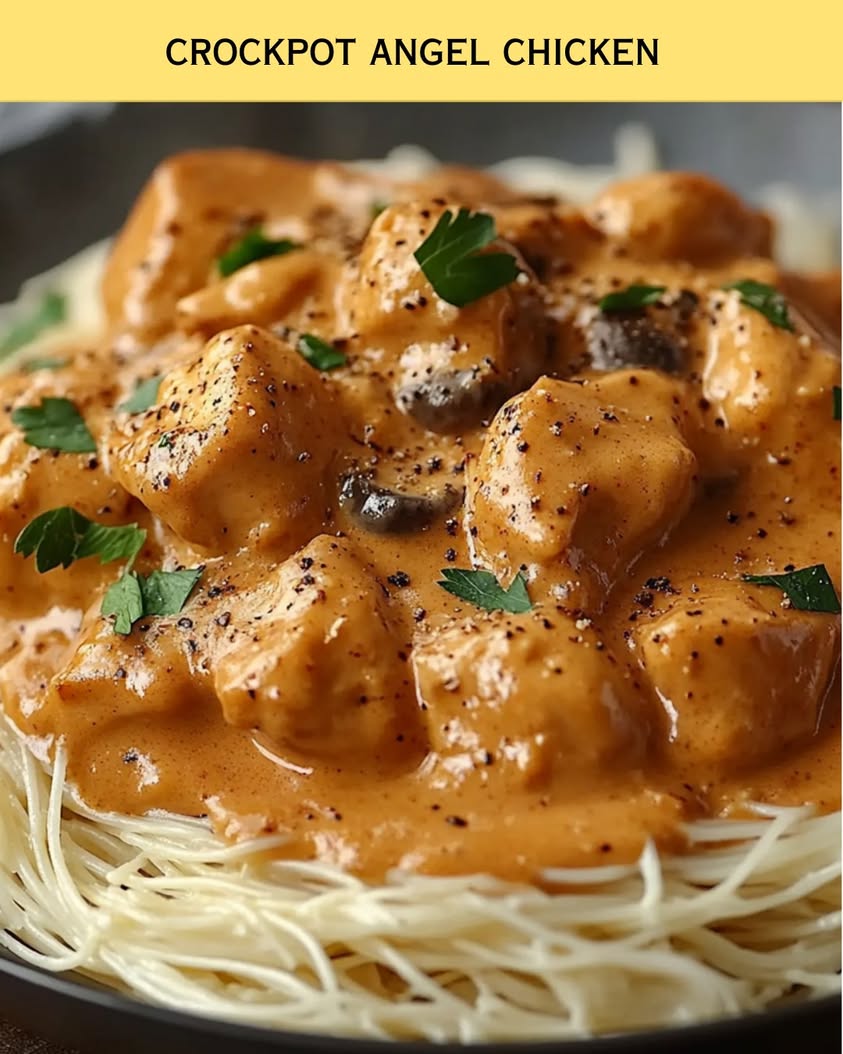Cheese Tortellini Chicken Ham Pizza Casserole: A Comforting Delight
Looking for a cozy and hearty dish that combines all your favorite flavors? The Cheese Tortellini Chicken Ham Pizza Casserole is your perfect kitchen companion. This delightful casserole is a mashup of tender tortellini, savory ham, juicy chicken, and gooey cheese, creating a satisfying meal that will warm your heart and comfort your soul. Imagine digging into layers of rich marinara sauce, melted cheese, and perfectly cooked tortellini – each bite is a delightful explosion of flavor.
The beauty of this Cheese Tortellini Chicken Ham Pizza Casserole lies not only in its fantastic taste but also in its convenience. It’s a dish that comes together quickly, making it ideal for busy weeknights or casual family gatherings. With a blend of tender pasta and savory proteins, this casserole is both filling and nutritious. Plus, who can resist a dish that tastes like pizza and pasta combined? Let’s dive into this delicious recipe and discover why it deserves a spot on your dinner table.
Quick Recipe Highlights
- Flavor Profile: This casserole boasts a tantalizing combination of savory ham and chicken, complemented by rich marinara sauce and melted mozzarella cheese.
- Texture: Expect a delightful harmony of soft tortellini, creamy cheese, and tender meat combined within a comforting bake.
- Aroma: As it bakes, the intoxicating aroma of warm, spiced marinara and melting cheese fills your kitchen, creating a cozy atmosphere.
- Visual Appeal: Layers of golden cheese bubbling on top, flecks of green herbs, and colorful pasta create a visually appealing dish.
- Skill Level Needed: Perfect for home cooks of any level; just layer and bake!
- Special Equipment: A large baking dish and a stovetop skillet are all that’s needed to create this masterpiece.
Recipe Overview
- Difficulty Level: Easy. Perfect for beginner cooks, this recipe involves simple layering and baking techniques that anyone can master.
- Category: Comfort food. This dish belongs to the comforting casserole category, ideal for family dinners or potluck gatherings.
- Cuisine: An Italian-American fusion that combines the hearty flavors of pizza with the comforting essence of pasta dishes.
- Cost: Inexpensive to make, this casserole offers great value, using affordable ingredients that can be found at any grocery store.
- Season: Enjoy year-round, but it’s especially comforting during the chilly months when you crave hearty meals.
- Occasion: Perfect for family dinners, gatherings with friends, or even as a dish to bring to a potluck.
Why You’ll Love This Recipe
This Cheese Tortellini Chicken Ham Pizza Casserole brings together a medley of taste sensations that are sure to satisfy every member of your family. The delightful combination of sweet, savory, and cheesy notes creates a rich flavor that holds your attention bite after bite. Plus, the comforting texture of the tortellini and the gooeyness of the cheese adds depth that many casseroles lack.
Convenience is a major highlight of this recipe. With minimal prep involved, you can whip up this dish in just 15 minutes and let the oven do the work. This is especially beneficial for busy weeknights when you need to put together a meal quickly. The casserole is a great make-ahead option, allowing you to prepare it earlier in the day and simply pop it in the oven when needed.
From a nutritional standpoint, this casserole is both satisfying and nourishing. Packed with protein from the chicken and ham, along with the carbohydrates from the cheese tortellini, you’ll find this dish keeps you full and fueled. Additionally, you can more easily sneak in veggies by adding bell peppers or spinach to the mix, enhancing its health profile.
The social aspect of this Cheese Tortellini Chicken Ham Pizza Casserole cannot be overlooked. It’s a dish designed for sharing, making it perfect for gatherings and celebrations. The combination of flavors and textures invites conversation and connection as everyone enjoys the delicious outcome together.
Lastly, the cost-effectiveness of this recipe stands out. Utilizing staples from your pantry, this meal can be assembled at a fraction of the cost of eating out or ordering in. Plus, it’s an excellent way to use up leftover cooked chicken or ham, helping to minimize waste and make the most of your ingredients.
Historical Background and Cultural Significance
The origins of tortellini can be traced back to Italy, where they are traditionally made by hand and served in broth or with rich sauces. The historical roots reflect a strong culinary heritage that values quality pasta and rustic ingredients. This rich tradition of layering flavors and styles lends itself beautifully to creating baked casseroles.
The cultural significance of casseroles is profound, especially in American kitchens, where they symbolize comfort and togetherness. They reflect the convenience and simplicity that busy families seek, making this Cheese Tortellini Chicken Ham Pizza Casserole a modern take on folkloric traditions.
Over time, recipes for stuffed pasta and baked dishes have evolved to incorporate a variety of flavors and ingredients. As chefs and home cooks experimented with fusions, the notion of combining pizza flavors with comforting pasta textures was born.
Regional variations of the dish can include different proteins or variations in cheeses based on local preferences. This adaptability underscores the timeless nature of pasta, bringing innovation to classic Italian dishes while maintaining their heartwarming essence.
Ingredient Deep Dive
Tortellini
Tortellini, often referred to as “little tarts,” are traditionally stuffed pasta originating from the Emilia-Romagna region of Italy. With a diverse range of fillings, they can be created with meats, cheeses, or vegetables, showcasing Italy’s culinary versatility. Nutritionally, tortellini are a great source of carbohydrates, providing energy for a busy lifestyle.
When selecting tortellini, look for fresh varieties from local markets for the best taste. Fresh pasta should be refrigerated and can last for several days. If using dried tortellini, store in a cool, dry place, and cook according to package instructions. You can also use gluten-free options to cater to dietary preferences.
Chicken
Chicken serves as a staple protein in many dishes globally. It is known for its versatility in flavor and cooking methods. Lean and rich in nutrients such as protein, B vitamins, and minerals, chicken is a health-conscious choice that supports muscle growth and repair.
For the best flavor, opt for organic or free-range chicken. Storage should be in a sealed container in the refrigerator and can last for up to 3 days when cooked. Alternatively, chicken can be frozen for longer storage, providing a convenient protein source whenever needed.
Ham
Ham has a rich history in culinary traditions around the world, often considered a festive protein. Its salty, savory flavor profile enhances casseroles, soups, and various dishes. Nutritionally, ham is high in protein and essential vitamins, but should be enjoyed in moderation due to its sodium content.
Select high-quality, minimally processed ham for the best taste. Store in the refrigerator for up to a week or freeze for longer preservation. If desired, turkey ham can serve as a lower-fat alternative while still maintaining flavor.
Cheese
The charm of cheese in any dish cannot be overstated, especially when melted. Italian cheeses like mozzarella provide creaminess and a delightful stringy texture. Cheese delivers essential nutrients, including calcium and protein, contributing to bone health and muscle development.
Use fresh cheese for the finest flavor, and store it in the refrigerator tightly wrapped. If you’re looking for alternatives, consider vegan cheeses for a plant-based option that still offers creaminess without dairy.
Marinara Sauce
Marinara sauce, a staple in Italian cooking, is simple to make and is rooted in centuries of culinary tradition. Its rich and tangy profile complements a variety of pasta dishes, including our casserole. Nutritionally, marinara provides vitamins and antioxidants, particularly from tomatoes, which are beneficial for heart health.
When choosing marinara sauce, look for low-sodium varieties or make your own with fresh ingredients. Store in the fridge for several days after opening, or in the freezer for longer-term preservation.
Common Mistakes to Avoid
- Overcooking the tortellini: Make sure to cook the tortellini al dente before adding them to the casserole. This prevents mushiness during baking.
- Using low-quality cheese: Opt for high-quality cheese for the best texture and flavor. Processed cheeses can lead to a bland taste.
- Skipping seasoning: Season your layers as you go to enhance the overall flavor profile. Salt and pepper make a big difference!
- Not layering properly: Take care to layer your ingredients evenly for the best distribution of flavors throughout the dish.
- Failing to preheat the oven: Preheating ensures even cooking and crispy cheese topping. Never skip this crucial step!
- Using too much sauce: A balance of sauce and dry ingredients is key to prevent the casserole from becoming soupy or soggy.
- Ignoring baking time: Keep track of baking times and check occasionally to avoid overcooking, as this can dry out the dish.
- Not letting it rest: Allow the casserole to sit for a few minutes after baking. This makes slicing easier and enhances the overall flavor.
Essential Techniques
Layering Ingredients
Learning to layer ingredients properly is vital for ensuring even cooking and distribution of flavors in your casserole. Take your time to arrange each layer thoughtfully to enhance the final dish’s appeal. Ensure each component is visible to the eye, enhancing the visual aspects of your presentation. Common pitfalls include overcrowding, which can lead to uneven cooking and flavor distribution.
Cooking Tortellini
Cooking tortellini effectively is crucial to achieving the perfect texture in your casserole. Cook until just al dente, as they will continue to cook while baking. This prevents them from getting too mushy. Many people overlook the recommended cooking time, leading to overcooked pasta that disrupts the casserole’s harmony. Remember to taste-test for doneness!
Correct Oven Temperature
Preheating your oven is essential for achieving the best results. Baking at the right temperature ensures your cheese is bubbling and golden and that the other ingredients are cooked through. Monitor your dish throughout the baking process for visual cues, adjusting as needed. Not following the temperature requirements can lead to unevenly baked casseroles.
Garnishing and Serving
Presenting your casserole beautifully is key to restaurant-quality dishes at home. A sprinkle of freshly chopped herbs, such as parsley or basil, not only adds flavor but enhances visual appeal. Pay attention to portion sizes as well; overly generous servings can overwhelm diners and divert the focus from the dish itself. Aim for balance in every detail of your presentation.
Assembling the Casserole
Assembling the casserole correctly ensures optimal flavor and texture. Start with a layer of marinara sauce, followed by tortellini, meats, and cheese, repeating until you reach the top layer. This careful layering allows for a cohesive dish where every bite contains all the delicious flavors. Avoid pitfalls like skipping layers or adding too much sauce that could lead to an overwhelmingly wet dish.
Pro Tips for Perfect Cheese Tortellini Chicken Ham Pizza Casserole
– Use fresh ingredients for the best flavor and texture. Fresh tortellini, high-quality cheese, and homemade sauce make a remarkable difference.
– Don’t be afraid to experiment with your cheese choices. Mixing mozzarella with provolone or cheddar creates a burst of flavors.
– Add vegetables like spinach or bell peppers to increase the nutritional value and enhance flavor depth.
– For a crispy topping, consider broiling the casserole for the last few minutes. This gives it a lovely golden finish.
– Allow the casserole to rest before serving to ensure it holds its shape and makes for easier slicing.
– Save leftovers in an airtight container for a quick meal later in the week; this casserole reheats well.
– Consider using leftover rotisserie chicken for a quicker assembly, adding convenience to this already simple recipe.
– Encourage your family to customize their portions with extra toppings, like red pepper flakes or fresh herbs, to personalize their dish.
Variations and Adaptations
For those looking to explore, this Cheese Tortellini Chicken Ham Pizza Casserole is versatile and can easily be adapted to your preferences. Regional variations might include utilizing local cheeses or meats that mirror your area’s culinary delights. In terms of seasonal adaptations, adding sautéed zucchini in summer can bring freshness, while winter can inspire heartier vegetable additions like roasted butternut squash.
If you have dietary restrictions, this casserole is easily adaptable. Substitute regular tortellini for gluten-free varieties or swap chicken and ham for shredded plant-based protein to create a vegan version. Flavor variations can include using different sauces like pesto instead of marinara or experimenting with different spice blends to suit your taste.
Texture modifications can also enhance the dish; consider adding crunchy breadcrumbs on top or even a layer of crispy fried onions to create an enticing contrast. For a more sophisticated presentation, try serving individual portions in ramekins, adorned with fresh herbs for an appealing touch.
Serving and Presentation Guide
Serving your Cheese Tortellini Chicken Ham Pizza Casserole with flair enhances the overall dining experience. Start by portioning on individual plates to create an organized appearance. Use a large spoon to serve an ample portion, ensuring everyone gets plenty of delicious filling.
Garnishing ideas include a sprinkle of fresh basil or parsley on top to add a touch of green and elevate the dish visually. Serve alongside a simple green salad dressed with light vinaigrette to contrast the rich flavors of the casserole.
Temperature matters too; serve hot out of the oven to keep the cheese melty and the dish at its optimum flavor. For portion control, use smaller spoonfuls initially, allowing guests to come back for seconds if they desire. This not only minimizes waste but also invites guests to try the dish in all its glory.
Wine and Beverage Pairing
Pairing beverages with your Cheese Tortellini Chicken Ham Pizza Casserole can enhance the dining experience significantly. A light-bodied red wine, such as Pinot Noir, complements the savory flavors without overpowering the dish. Alternatively, a crisp white wine like Sauvignon Blanc can cut through the richness of the cheese.
For non-alcoholic options, consider a sparkling water infused with lemon or lime for a refreshing contrast. Herbal teas or even a light chamomile blend can serve as a soothing accompaniment, enhancing the comfort nature of the casserole.
Consider the temperature of your beverages as well; serving wines slightly chilled can enhance flavors, while still, waters can be served at room temperature to maintain their natural essence.
Storage and Shelf Life
Properly storing your Cheese Tortellini Chicken Ham Pizza Casserole ensures it stays delicious for days. Store leftovers in an airtight container in the refrigerator, where they can last for up to 3-4 days without jeopardizing quality. If you’re looking to keep it longer, consider freezing the casserole in individual portions, which can prolong its lifespan for up to 2 months.
Monitor signs of spoilage, such as off-odors or discoloration, before reheating. For reheating, both the oven and microwave are effective; if using the oven, preheat it to 350°F and bake until warmed through, or reheat in the microwave until steaming.
When freezing, ensure that the casserole is completely cooled before sealing to prevent ice crystals from forming. Reheat frozen portions directly from the freezer, extending the time needed in the oven until thoroughly cooked.
Make Ahead Strategies
Preparing your Cheese Tortellini Chicken Ham Pizza Casserole in advance allows for an efficient mealtime experience. You can assemble the entire casserole a day before, storing it in the refrigerator until you’re ready to bake. This not only enhances the flavors as they meld together but also simplifies dinner preparation.
If you prefer to break the process into stages, consider cooking the tortellini and sautéing the chicken and ham ahead of time. Store them separately until you’re ready for assembly.
Gauge the quality of your ingredients when storing between steps; make sure proteins remain fresh and vegetables don’t wilt. When ready to bake, remember to adjust cooking times based on whether the casserole is cold from the fridge or at room temperature.
Scaling Instructions
For those looking to enjoy this Cheese Tortellini Chicken Ham Pizza Casserole for larger gatherings, scaling the recipe is simple. If halving the recipe, ensure to use smaller baking dishes to maintain even cooking without over-baking. Similarly, when doubling or tripling, be mindful of oven space and adjust cooking times accordingly as larger batches may require longer to bake.
Equipment adjustments may include using larger pans or multiple smaller dishes for smaller servings. Keep in mind to check the internal temperature of the casserole; it should reach 165°F to ensure food safety.
These scaling considerations provide flexibility for any occasion, whether it’s a cozy family night or a lively gathering.
Nutritional Deep Dive
Understanding the nutritional composition of your dish allows for informed dietary choices. This Cheese Tortellini Chicken Ham Pizza Casserole includes a macronutrient breakdown of carbohydrates from the tortellini, proteins from the chicken and ham, and fats from the cheese.
In terms of micronutrients, the dish provides ample vitamins and minerals, particularly B vitamins from the meats and calcium from the cheese. When considering health benefits, this casserole helps provide energy and sustenance while still being enjoyable and comforting.
Portion analysis is crucial; each serving offers balanced macros, yet it’s easy to overindulge due to its deliciousness. For those managing their weight, consider serving alongside a salad to help control portion sizes without sacrificing satisfaction.
Dietary Adaptations
If you’re catering to specific dietary needs, this Cheese Tortellini Chicken Ham Pizza Casserole can be easily adapted. For a gluten-free version, look for gluten-free tortellini or use vegetables like zucchini noodles as a substitute to maintain a similar texture.
Dairy-free options can include plant-based cheeses and substitutes for the dairy components; use nutritional yeast for a cheesy flavor without the milk.
For those following a low-carb or keto diet, swapping out tortellini for cauliflower rice or other low-carb alternatives can maintain a satisfying meal while adhering to diet guidelines. Vegan adaptations may involve replacing the chicken and ham with plant-based proteins like chickpeas or lentils, paired with tofu or tempeh for added texture and nutrition.
Consider these variations to make this comforting casserole accessible and enjoyable for everyone, regardless of dietary restrictions.
Troubleshooting Guide
If you encounter issues while making the Cheese Tortellini Chicken Ham Pizza Casserole, don’t fret! For texture issues, if the tortellini are too soft, try reducing the cooking time next time to achieve a firmer bite. If the casserole seems too watery, ensure you’re not overdoing the sauce layers in your recipe.
For flavor balance, if your dish tastes bland, don’t hesitate to add more seasonings throughout the layering process. Proper seasoning at each step significantly enhances overall flavors.
If your oven temperature is inconsistent, invest in a reliable oven thermometer to monitor accuracy. Timing concerns are common too; if the top isn’t browning, consider turning on the broiler at the end for a quick finish without overcooking the insides.
Ingredient substitutions may also lead to issues. If using dried tortellini instead of fresh, note that the cooking times differ, impacting texture.
Recipe Success Stories
Readers have raved about how well this Cheese Tortellini Chicken Ham Pizza Casserole performs at family gatherings. One reviewer mentioned how their children loved the cheesy topping, making it a hit for picky eaters.
Another shared a variation where they added spinach for extra color and nutrition, which received praise from both kids and adults alike. Many have successfully adapted the recipe to fit their dietary needs, creating gluten-free and vegan versions while maintaining the essence of the dish.
Photography success stories abound as readers enjoy showcasing their creations on social media, drawn in by the beautiful layers and enticing aroma of this comforting casserole.
The blend of flavors and ease of preparation has made this casserole a go-to for busy families; one happy cook shared that it has become a regular in their weekly meal rotation.
Frequently Asked Questions
Can I use frozen tortellini? Yes, you can use frozen tortellini! Just remember to adjust the cooking time according to the package instructions and ensure they are cooked through before assembling.
How can I make this casserole ahead of time? You can assemble the casserole and store it in the refrigerator for up to a day before baking. Just cover it well to maintain moisture.
What can I substitute for the chicken and ham? Feel free to use tofu, tempeh, or any plant-based protein as a delicious alternative if you’re going for a vegetarian or vegan option.
Can I freeze leftovers? Absolutely! This casserole freezes well. Just store it in an airtight container and reheat in the oven when ready to enjoy.
What’s the best way to reheat this casserole? For best results, reheat in the oven at 350°F until warmed through. This will help maintain the dish’s texture and flavor better than a microwave.
How can I enhance the flavor of the casserole? Adding a splash of red wine to the sauce or including fresh herbs like basil and oregano can elevate the flavors significantly.
Is this casserole gluten-free? It can be made gluten-free by using gluten-free tortellini and ensuring all other ingredients (like marinara) are also gluten-free.
Can I customize the vegetables in the casserole? Yes! Feel free to add vegetables like bell peppers, zucchini, or mushrooms to boost nutrition and flavor in the casserole.
How long does the casserole last in the fridge? Stored properly, this casserole will last for about 3-4 days in the refrigerator. Always check for signs of spoilage before consuming.
Can I use homemade marinara sauce? Definitely! Homemade marinara adds a fresh, personal touch and can enhance the overall flavor profile of your casserole.
Additional Resources
If you loved making the Cheese Tortellini Chicken Ham Pizza Casserole, you may want to explore other related recipes that offer similar comfort and flavor. Consider trying a classic baked ziti for another pasta-based casserole or a hearty lasagna that fits the cozy comfort category.
For technique guides, delving into homemade pasta-making can elevate your future dishes, inviting even more creativity into your kitchen. Understanding the herbs and spices that work well in Italian cooking can boost your overall culinary skills and versatility.
If you enjoyed this casserole, look out for seasonal variations as well. Creating dishes that reflect the time of year with fresh ingredients adds a beautiful touch and can enhance the meal experience.
Join the Conversation
We would love to hear about your experiences making the Cheese Tortellini Chicken Ham Pizza Casserole! Share your version on social media, tag us in your posts, and feel free to reach out in the comments to share successes or questions.
Photography enthusiasts, showcase your beautiful presentations! Consider sharing tips on how you styled your dish or alternated ingredients for mouthwatering outcomes. Engage with our community by contributing your unique takes on the recipe to inspire others.
Let’s continue the conversation about food and creativity in the kitchen. Your experiences could inspire the next great tweak or variation on this beloved casserole.
The Recipe
Cheese Tortellini Chicken Ham Pizza Casserole
Serves: 4-6
Prep Time: 15 mins
Cook Time: 30 mins
Total Time: 45 mins
Kitchen Equipment Needed
- Large baking dish
- Stovetop skillet
- Measuring cups and spoons
- Spatula or large spoon for mixing
- Oven mitts for safe removal
Ingredients
- 1 package of cheese tortellini (about 16 oz)
- 2 cups cooked chicken, diced
- 1 cup cooked ham, diced
- 3 cups marinara sauce
- 2 cups shredded mozzarella cheese
- 1 teaspoon dried Italian seasoning
- Salt and pepper to taste
- Fresh basil for garnish (optional)
Directions
- Preheat your oven to 350°F (175°C).
- Cook the tortellini according to package instructions until al dente.
- In a large mixing bowl, combine cooked tortellini, diced chicken, ham, marinara sauce, and Italian seasoning. Mix well.
- Transfer the mixture to a greased baking dish and spread it out evenly.
- Top with shredded mozzarella cheese.
- Bake in the preheated oven for 25-30 minutes, or until the cheese is bubbly and golden brown.
- Let it rest for 5-10 minutes before serving.
- Garnish with fresh basil if desired, and enjoy!
Recipe Notes
- Feel free to swap out chicken and ham for your preferred protein or use leftover cooked meats.
- Add vegetables like spinach or bell peppers for additional nutrition.
- This casserole can be easily customized with different sauces or cheese types based on your preference.
